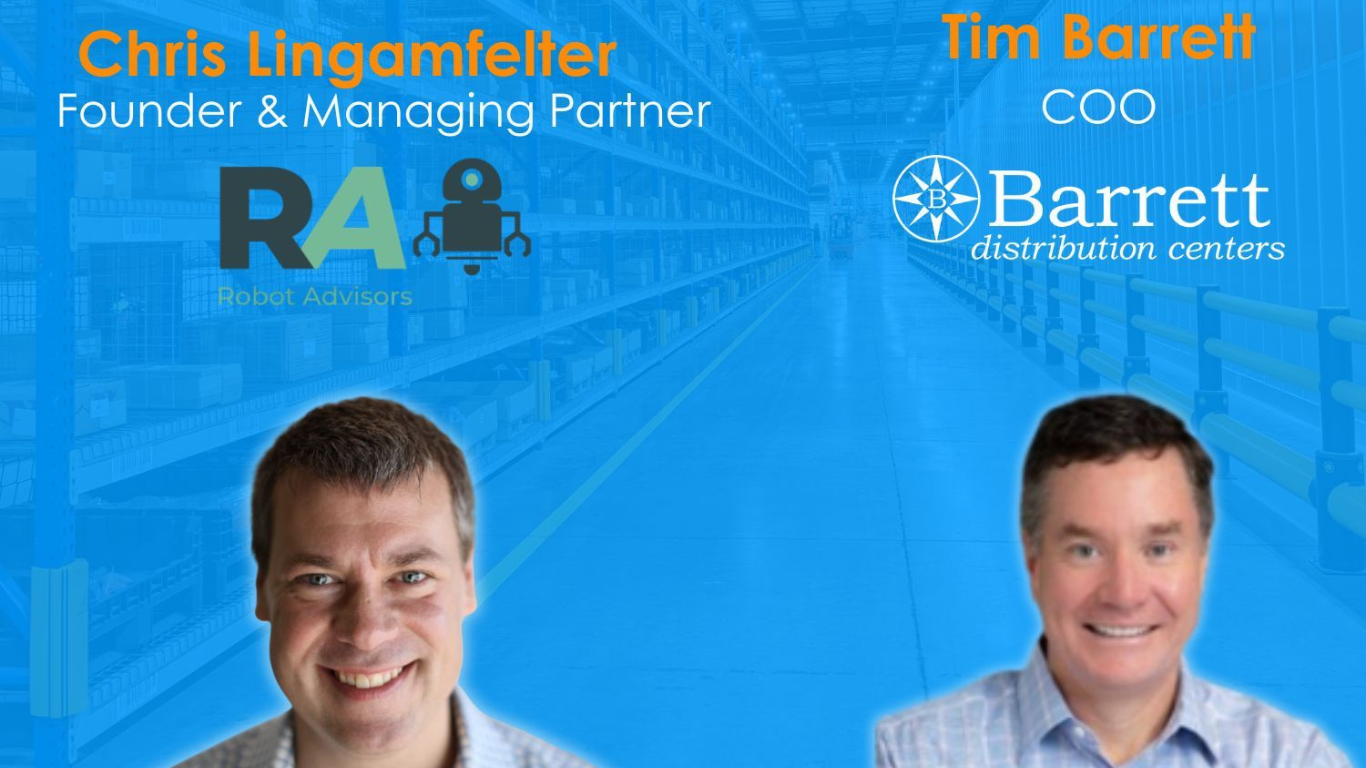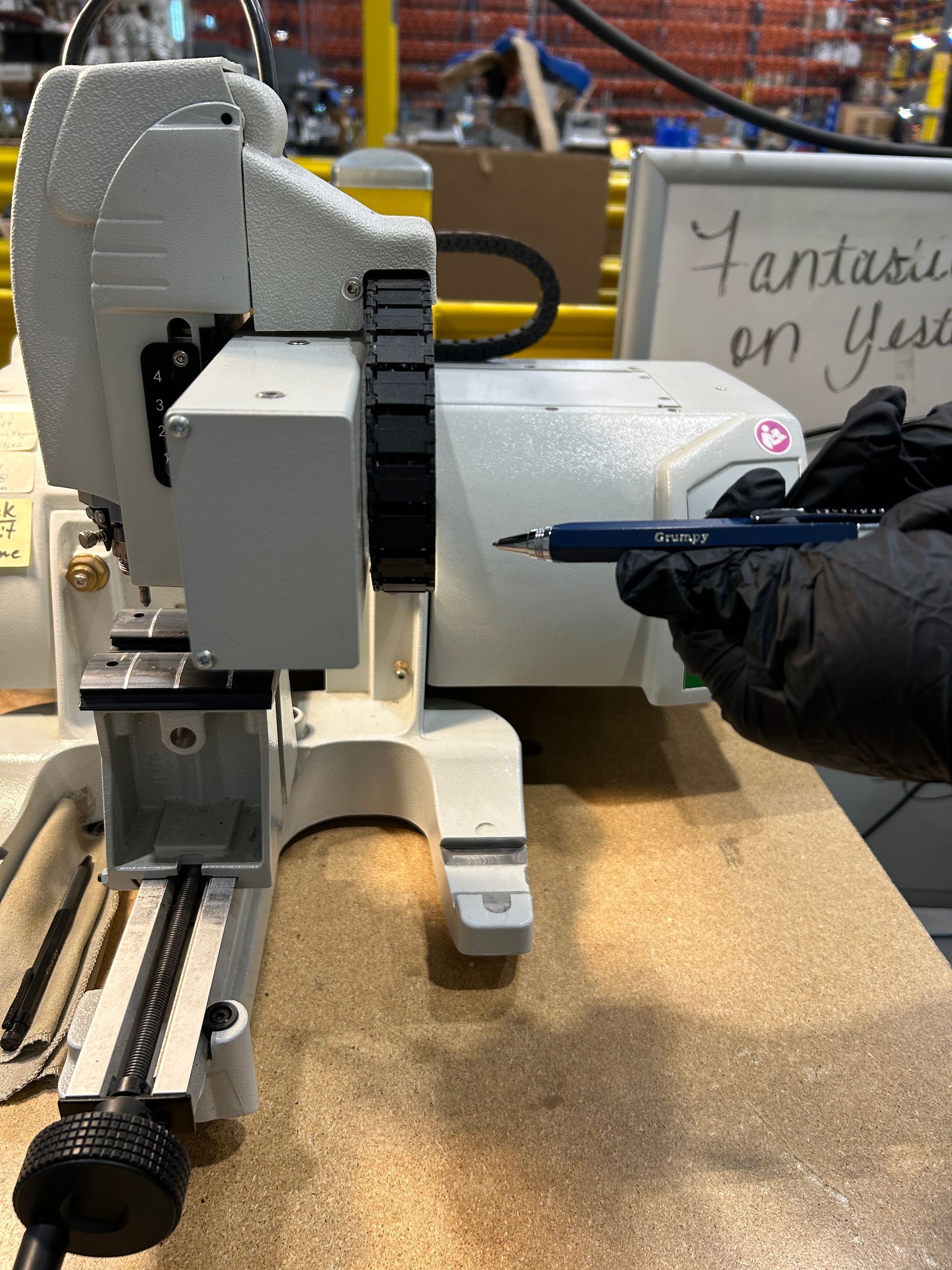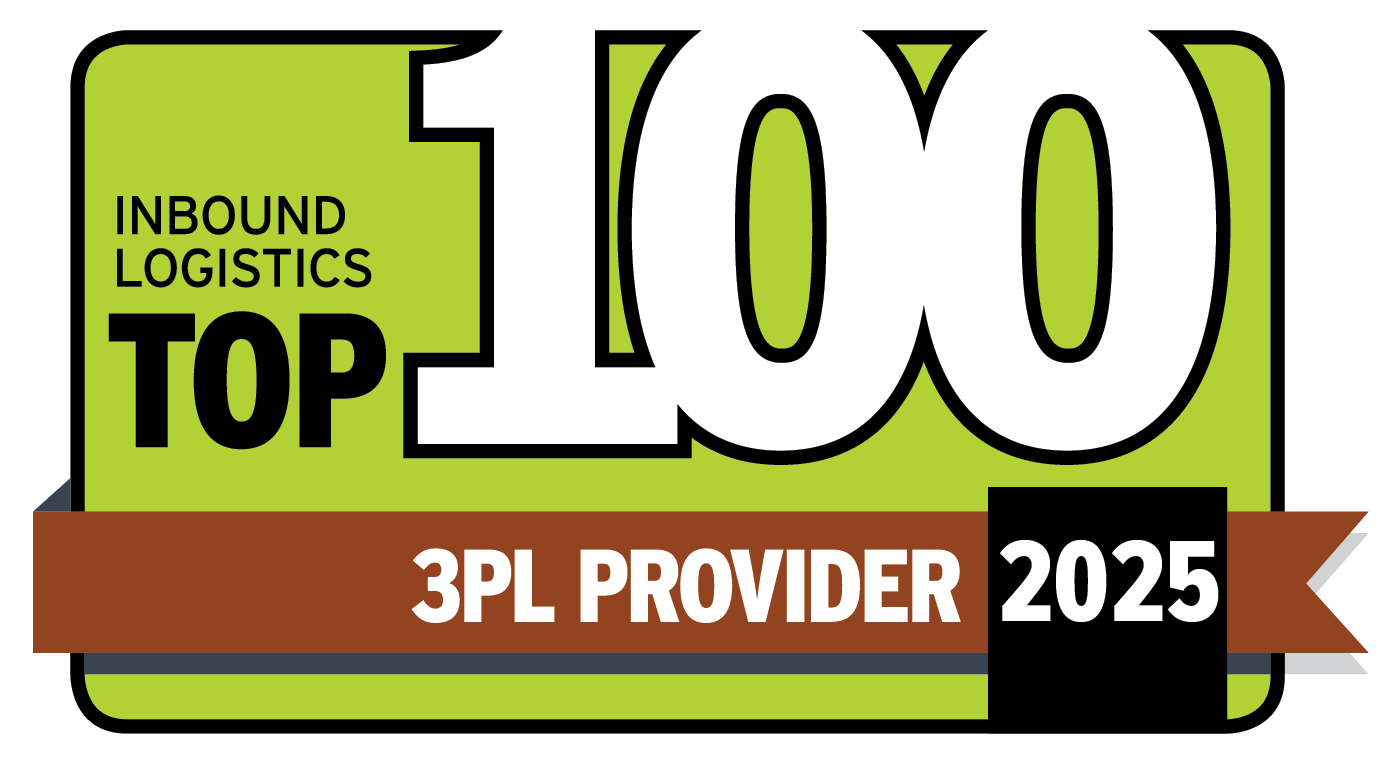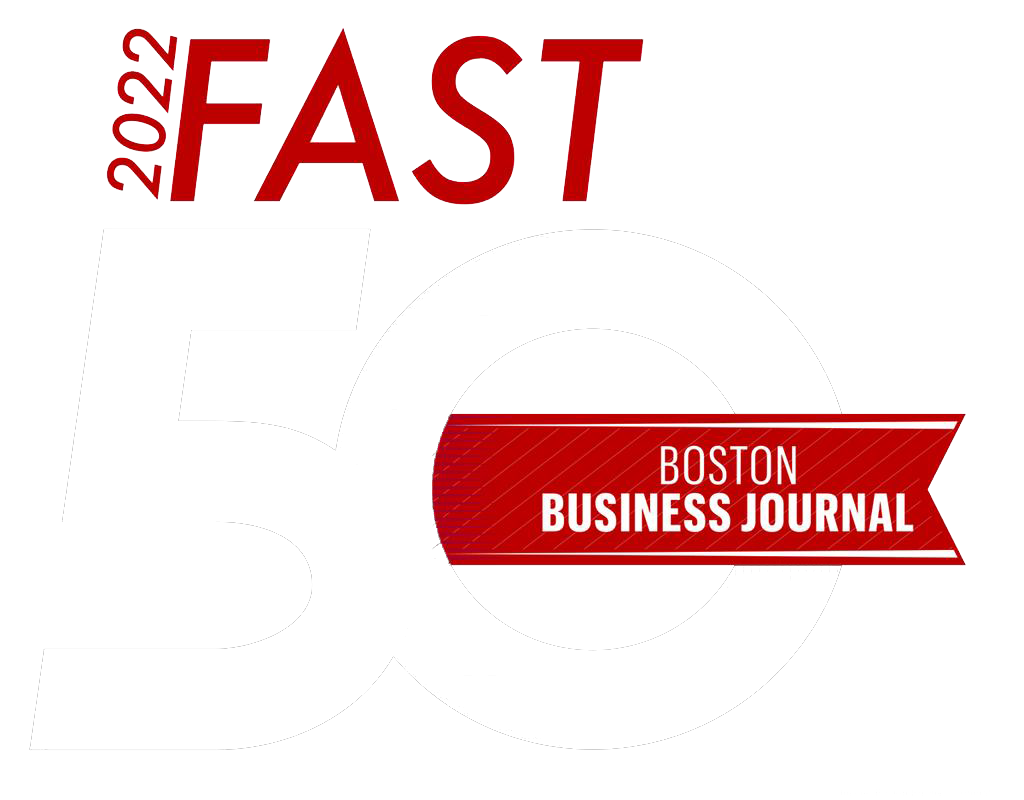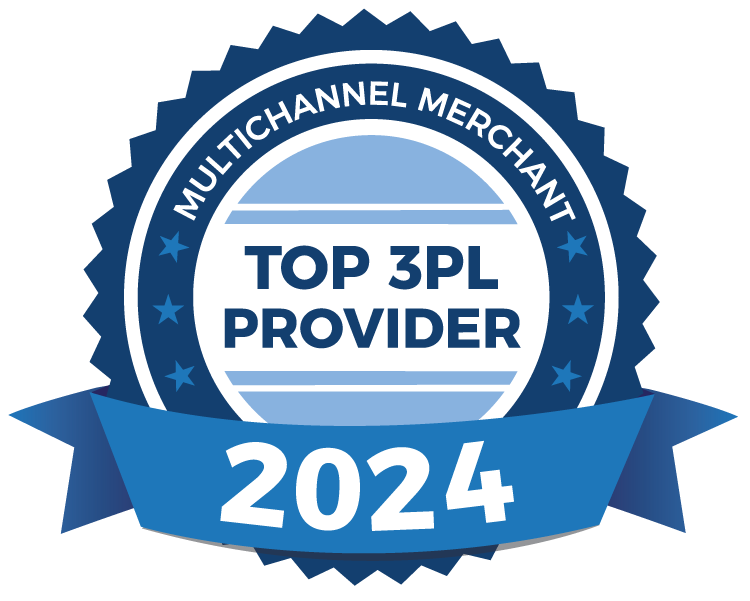Prepare Your 3PL for Peak Season: Top 10 Tips from Barrett Distribution
According to a report by Convey, nearly 40% of consumers say they’ll abandon a brand after a negative delivery experience during peak season.
Let’s be honest—peak season is one of the most demanding and exciting times of the year, but your 3PL partner can make or break your business’s success during this period. For over 80 years, Barrett Distribution has been a trusted 3PL partner, helping businesses of all sizes navigate the complexities of peak season. With the right preparation, you can avoid many headaches and costly disruptions. Here are 10 practical tips to help ensure your 3PL provider is ready to meet peak season demands:
1. Collaborate on Early Forecasting and Demand Planning
Work closely with your 3PL to analyze previous peak season data and current market trends. Accurate forecasting of inventory levels and order volumes will help you avoid the pitfalls of stockouts or overstocking, helping your operations flow efficiently during the rush.
2. Optimize Warehouse Space and Layouts
Discuss warehouse space optimization with your provider. Efficient space use is key during peak season, so double-check that your 3PL implements smart slotting strategies and efficient storage solutions for faster picking and packing
3. Ensure Flexible Staffing Capabilities
Ask your 3PL about their staffing plans for peak season. Cross-trained staff and temporary workers can manage the spike in order volume, keeping operations steady and fulfillment on schedule.
4. Prioritize Seamless Technology Integration
Ensure your 3PL’s technology is fully integrated with your systems. Real-time order tracking, inventory counts and automated reporting are essential tools to help you maintain complete visibility and control during the busiest times.
5. Leverage Strong Carrier Relationships
Check with your 3PL about their carrier partnerships. Priority shipping options, even when carrier capacity is tight, can be critical in meeting delivery deadlines. Ensure they offer a range of shipping options that align with your customers’ expectations.
6. Maintain Proactive and Transparent Communication
Communication is key during peak season. Set up regular check-ins and touchpoints with your 3PL to stay informed about your inventory status and any potential issues. Clear proactive communication helps you navigate challenges quickly and efficiently.
7. Emphasize Continuous Improvement and LEAN Processes
Work with your 3PL to identify potential bottlenecks and inefficiencies in their processes. Continuous improvement through LEAN practices can help ensure that your 3PL is operating at peak performance when it matters most.
8. Explore Custom Packaging and Value-Added Services
77% of consumers have chosen, recommended or paid more for a brand that provides a personalized service or experience. [Source: Ninetailed]
Talk to your 3PL about offering custom packaging or kitting services to enhance the customer experience. Peak season is a great opportunity to differentiate your brand with tailored packaging solutions that leave a lasting impression.
9. Plan for Reverse Logistics and Returns
Returns are inevitable during peak season, so it’s important to streamline the process with your 3PL. Efficient reverse logistics solutions can turn a challenging aspect of the season into a positive customer experience, minimizing disruption to your operations.
10. Verify Scalability of Infrastructure
Ensure that your 3PL provider has the infrastructure to scale quickly. Whether it’s increasing warehouse capacity or ramping up shipping capabilities, your logistics provider should be able to flexibly adjust to surges in demand.
Conclusion
Peak season can put pressure on any business, but by working closely with your 3PL provider and preparing strategically, you can turn this challenge into an opportunity for growth. From forecasting to staffing and technology, these tips will help you get the most out of your logistics partner and ensure a successful season.
Are you in need of a reliable 3PL partner for peak season success?
Contact us today to see how we can support you.
Recent Blog Posts
